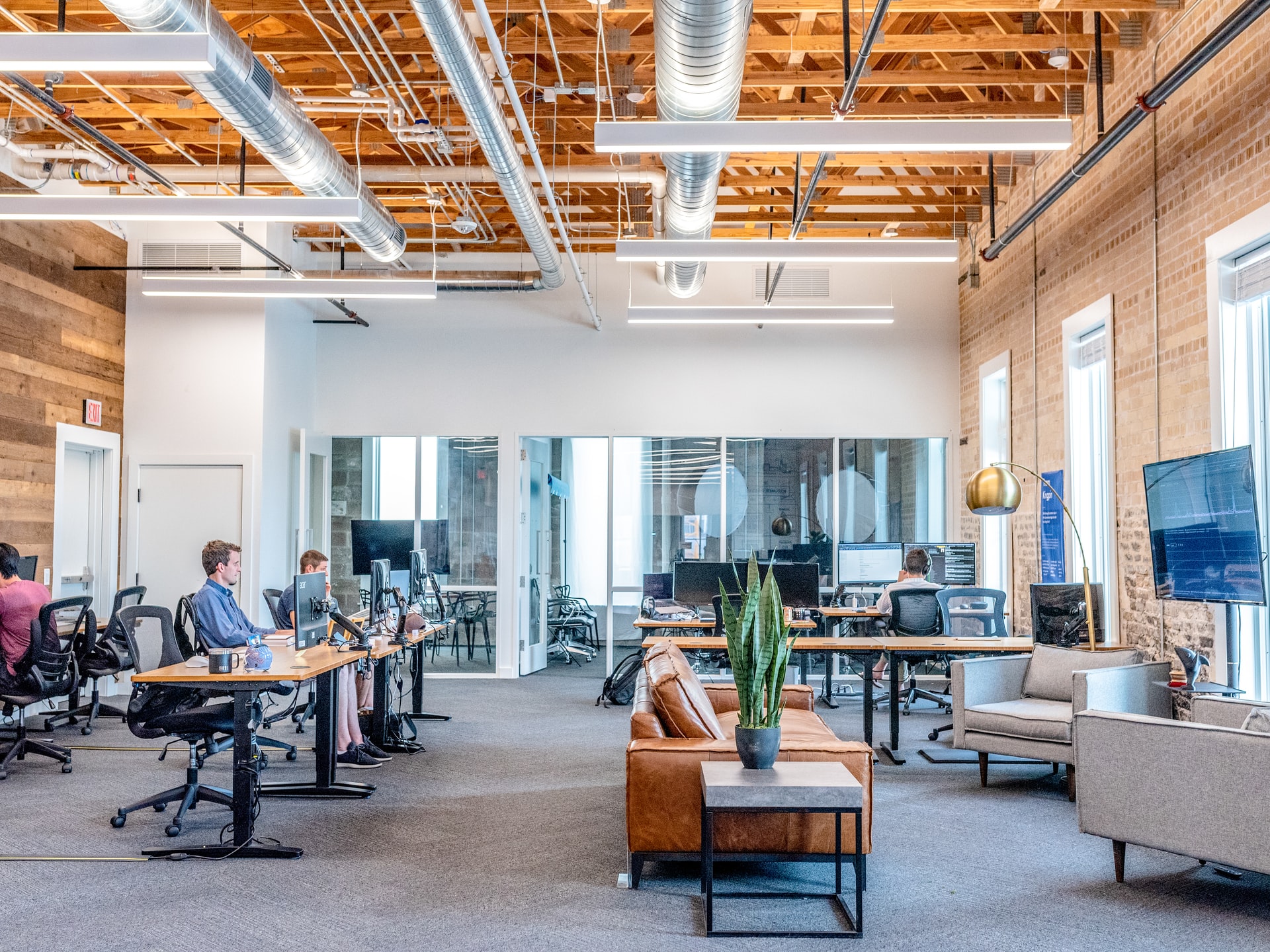When companies need fast and high-quality software, but it is important to maintain control and avoid the risks associated with offshore development, nearshore software development Europe is increasingly coming to the rescue — cooperation with developers from nearby countries. This format combines the advantages of outsourcing with the convenience of interaction in one time zone and similar cultural characteristics. One of the most promising areas is considered to be nearshore software development in Europe — a region that has already established itself as a center of qualified IT specialists and reliable partners. In this article, we will consider what advantages nearshoring provides and why more and more companies choose Europe.

What Is IT Nearshoring?
IT Nearshoring is a type of outsourcing that involves delegating software development tasks to a company operating in a neighboring country. By moving its operations to a neighboring country, the company gains access to niche IT competencies.
For example, companies in Germany, the UK, or Sweden can look for IT nearshoring partners in Eastern Europe. Over the years, Poland has become one of the best destinations for IT nearshoring, and Polish developers are now highly respected for their level of programming competence, English language skills, and a wide range of soft skills.
The Main Benefits of IT Nearshoring
When choosing an IT outsourcing model, companies increasingly prefer nearshoring — transferring tasks to external contractors from neighboring or nearby countries. This approach offers the following advantages:
- Convenient cooperation models. Nowadays, European IT outsourcing companies offer convenient cooperation models such as Staff Augmentation, Project Delivery, and Managed Services. An external company can support you by providing a dedicated team for your IT project or even creating a fully functional subsidiary of your company within the Build-Operate-Transfer model.
- Similar working culture. When deciding on IT nearshoring, you can be sure that the project will be implemented by a company with a similar approach to work. In IT nearshoring projects, communication barriers are minimized due to similar working hours and convenient time zones.
- Agile project management has a positive effect on business and IT alignment. Agile in IT projects increases efficiency and accelerates product development. IT outsourcing companies in Central and Eastern Europe have the know-how and use best practices in Agile Nearshore Software Development. Scrum, SAFe, and Kanban are some of the most widely used Agile frameworks, as well as an increasingly important DevOps culture.
- Quick team setup. Nearshoring partners can offer you access to a huge pool of IT talent.
- Reasonable prices. Nearshoring IT companies can offer a wide range of software development services, mobile and web development, testing services, and business analytics services. All at affordable prices. Not only will you get access to the required competencies, but you will also get a cost-effective solution that allows you to scale project teams as needed.
What Makes an Ideal IT Nearshoring Partner?
With so many software development companies and IT startups all over Europe, it is not easy to find the right IT nearshoring partner for your software development projects. How can you minimize the risk? Here are some tips on what to look for:
- Proven experience. Does your potential IT nearshoring partner offer a wide range of IT services at affordable prices? That’s great, but make sure they also have experience in the field. Check out the case studies on their website and read the reviews and testimonials written by their clients. It is also a good idea to check their Clutch profile, where clients share their opinions about IT companies. Are they happy with the cooperation? What was the deciding factor in choosing this particular IT company? You can find all of this on the Clutch help portal.
- Good communication skills. Software development is more than just coding. Project work is a team effort, which is also important in the context of projects carried out in distributed teams. When looking for an IT partner, make some effort to check whether their specialists communicate well in English and whether they can work in a team. Check whether they carry out multinational IT projects and, if so, how many of them they have under their belt.
- Availability of IT specialists. Experienced IT companies take care to offer the ability to scale teams and provide a range of competencies. When looking for a partner, it is worth paying attention to the availability of IT specialists, including narrow specializations if necessary. Check how big the company is and how many developers it has. Also, make sure that they can provide the competencies you need in a timely manner.
- Organizational culture. Last but not least, it is important for the IT company to define the organizational culture, including its mission, values, and strengths. This demonstrates the maturity of your potential IT partner and gives you the opportunity to check whether their corporate culture is similar to yours. All this makes cooperation easier.
Differences Between Nearshoring, Onshoring, and Offshoring
Unlike the onshore model, where the contractor works in your region, and the offshore model, where there is a difference of several time zones and significant cultural barriers between you and the IT team, the nearshoring model provides a more balanced approach and a number of advantages.
In the onshoring model, the cost of developer services is higher due to the standard of living and tax burden, while the nearshore model allows you to significantly reduce your costs without losing the quality of the tasks performed.
In the offshoring model, IT teams are often located in countries with different linguistic and cultural realities. In the nearshore model, IT teams are usually closer to the customer in mentality, speak an understandable language, and can more easily adapt to the customer’s work style. Moreover, they work in a similar time zone and, if necessary, can even be personally present in the office, or video calls can be more comfortable.
Final Thoughts
Nearshoring is not just an alternative to offshore development, but a strategic approach that provides a balance between quality, affordability, and project manageability. Software development in Europe gives companies the opportunity to collaborate with experienced teams, minimizing language and time barriers. If your goal is reliable, transparent, and efficient software development, nearshoring in Eastern Europe from a reliable partner, N-iX, is worth considering first.


















